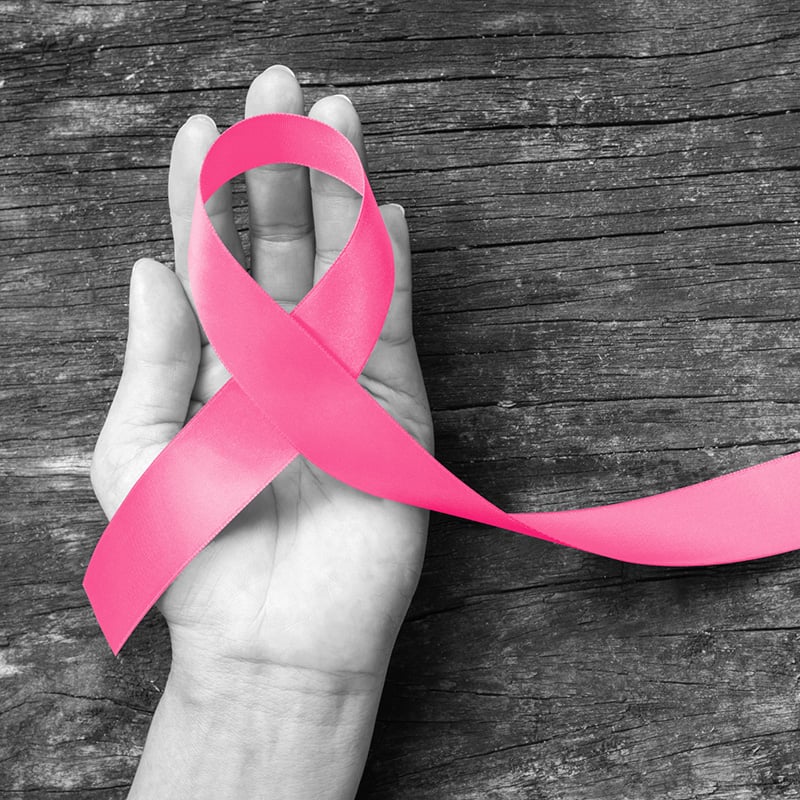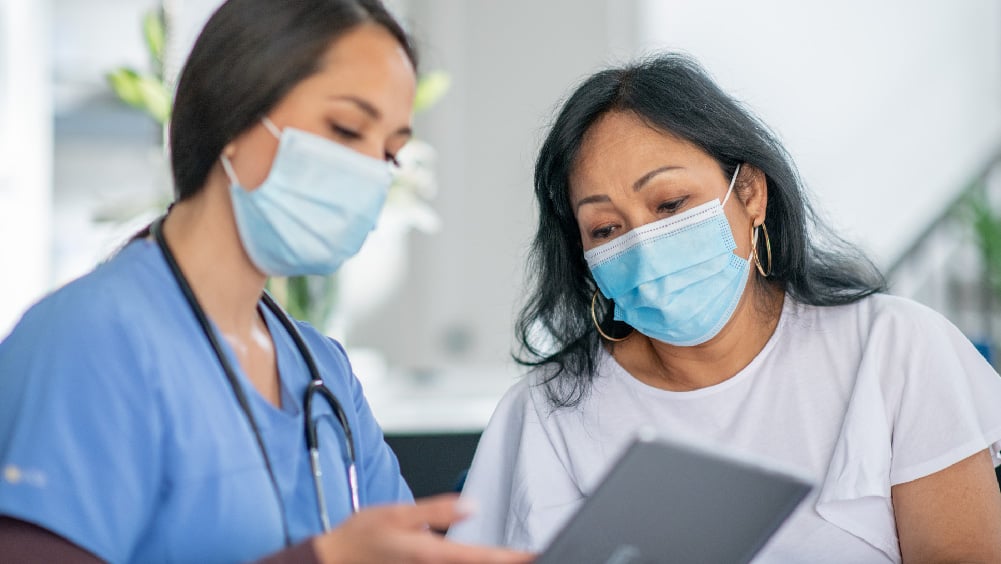To identify breast cancer and start treatment as early as possible, women are encouraged to have screening mammograms every year. Don’t wait until you feel a lump! One in eight women is diagnosed with breast cancer in their lifetime, according to the American Cancer Society.
A mammogram is usually the first type of regular breast cancer screening that most women encounter. These screenings are helping to cut the risk of breast cancer deaths nearly in half, according to research published in the journal Cancer Epidemiology, Biomarkers & Prevention.
For women who are having their first mammogram, we asked our Rochester Regional Health Radiology team to explain the process and what to expect.
Your first mammogram
Most women should have their first mammogram starting at age 40, according to the American College of Radiology (ACR).
Women with a family history of breast cancer should discuss with their primary care physician when to begin screening mammograms, possibly before age 40. Most women are encouraged to continue screening mammograms every year. Note that most women who get breast cancer do not have any family history.
“Women can refer themselves for a screening mammogram; they don’t need to wait for a doctor’s order,” our radiology team said. “They should have established care with a physician so our Radiologists can communicate results to that doctor.”
Scheduling your own screening mammogram can be done quickly and easily in two ways: online through MyCare or over the phone at 585.922.XRAY. NOTE: if you have a specific concern about your breast health, you must contact your physician for a referral for diagnostic mammograms.
What to expect
Rochester Regional Health has many locations where you have a mammogram done. You can schedule an appointment or even walk in on the same day in some places. With convenient locations that are open 7 days a week with extended hours – and even a mobile mammography unit which travels to where patients are located, you can find a place, day, and time that works for you.
Once you are on site, you can check in and register with a staff member, change clothes, and do the exam.
When it comes to clothing, wear a top and bottom; dresses are discouraged. Avoid wearing deodorant, as well. If you do wear deodorant, someone will give you a wipe to remove it.
You will be given a half-robe that covers you from the waist up. Once you are covered up, you can go into the imaging room to undergo the exam. The mammogram itself only takes a few minutes.
“If you are feeling apprehensive about your visit, you may feel uncomfortable for a few seconds,” our radiology team said. “Our experienced technologists are gentle and compassionate, and will talk with you beforehand to explain the process and answer any questions so you know what to expect.”
Results and next steps
Generally, the results of a mammogram are ready fairly quickly – within a day or two of the exam. You may even be able to see them within a few hours if you have a MyCare account.
If nothing out of the ordinary is discovered while reviewing your mammogram, you will be cleared to return the following year for the next routine screening.
If you receive a message to schedule additional imaging, it is not a cause for alarm. Some women with dense breasts require other forms of imaging so radiologists can rule out any areas of potential concern.
Financial coverage
Most insurance plans cover this preventative screening in full. Check with your insurance provider about mammograms. If you do not have insurance, Rochester Regional Health partners with cancer service programs to provide free screenings. No one will be turned away for financial reasons.
Mammograms are the best screening tool for early breast cancer detection. They are intended to find breast cancers early when they are too small to feel and more easily treated.
“A breast cancer diagnosis does not always start with a lump” our radiology team said. “You don’t need any symptoms to need a mammogram. Just because there is no pain or no lump doesn’t mean you shouldn’t have one done.”








